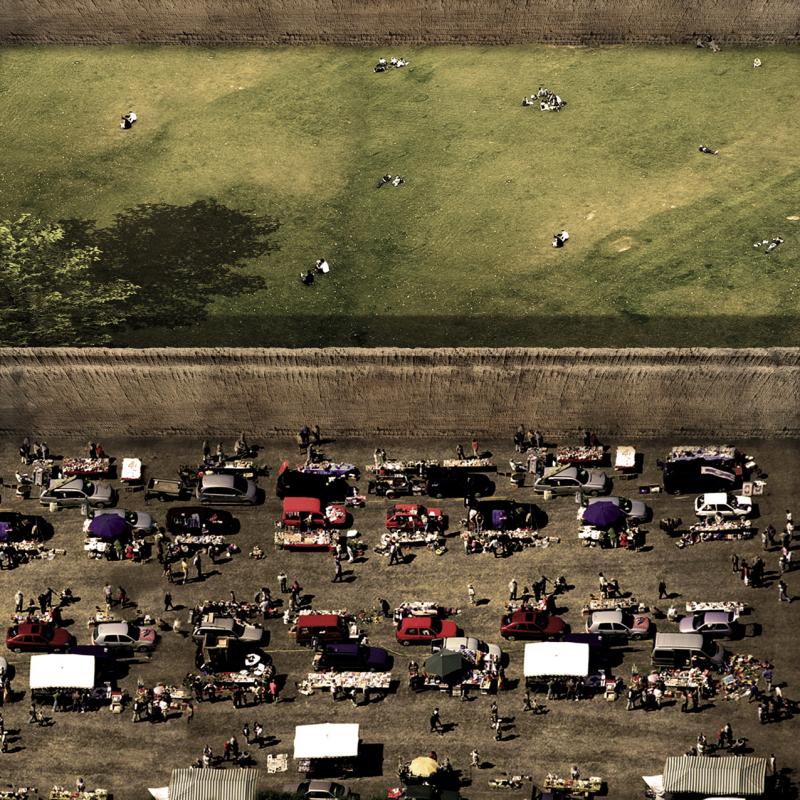
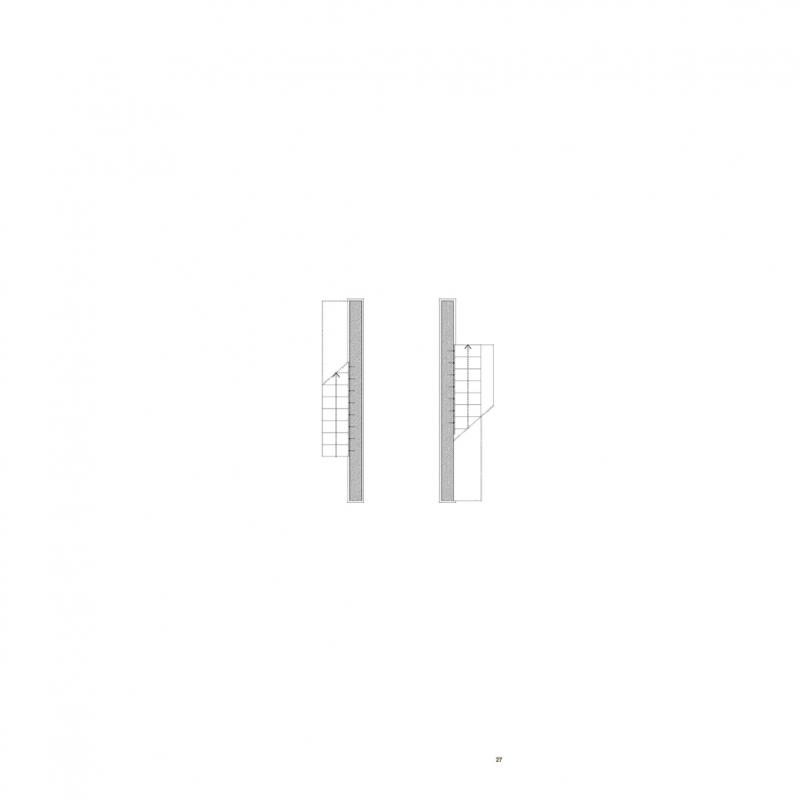
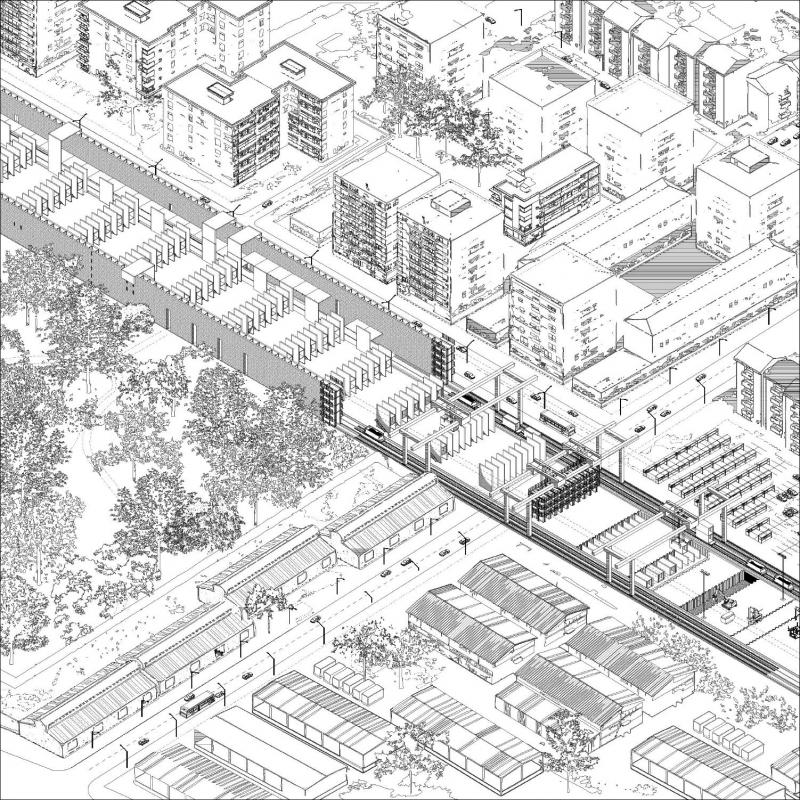
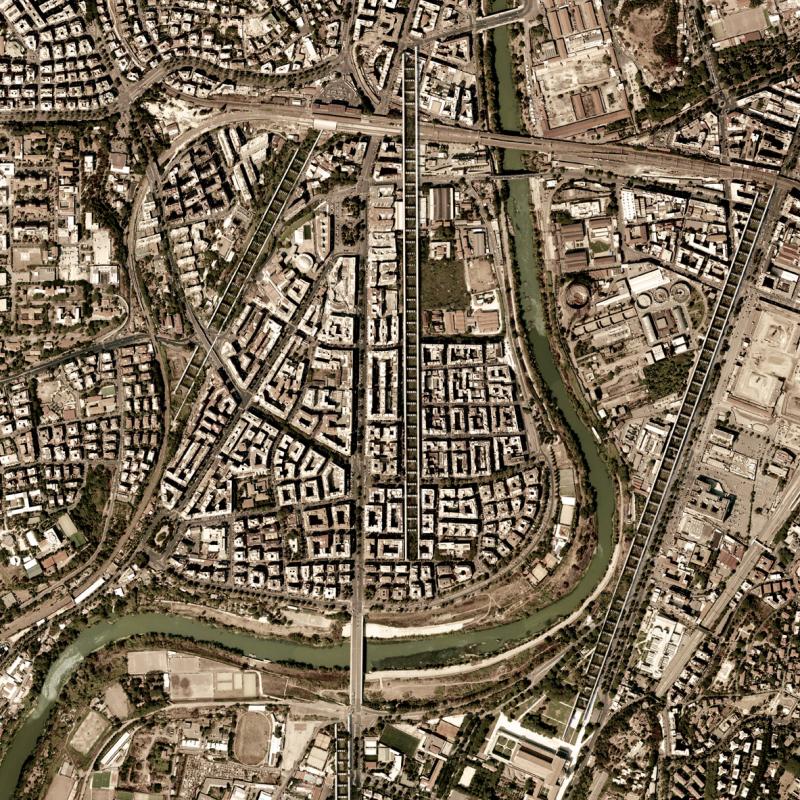
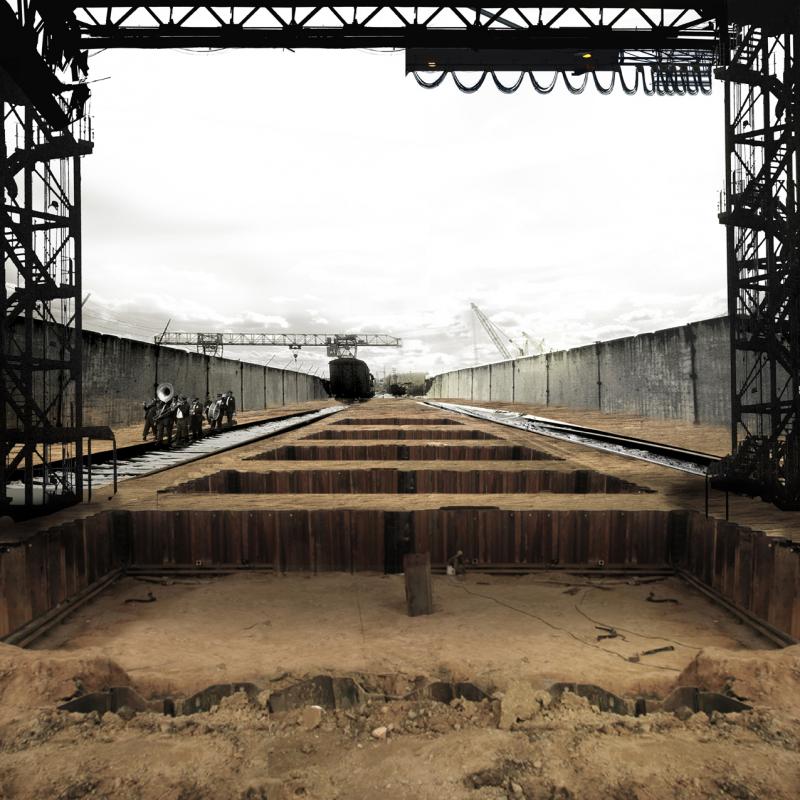
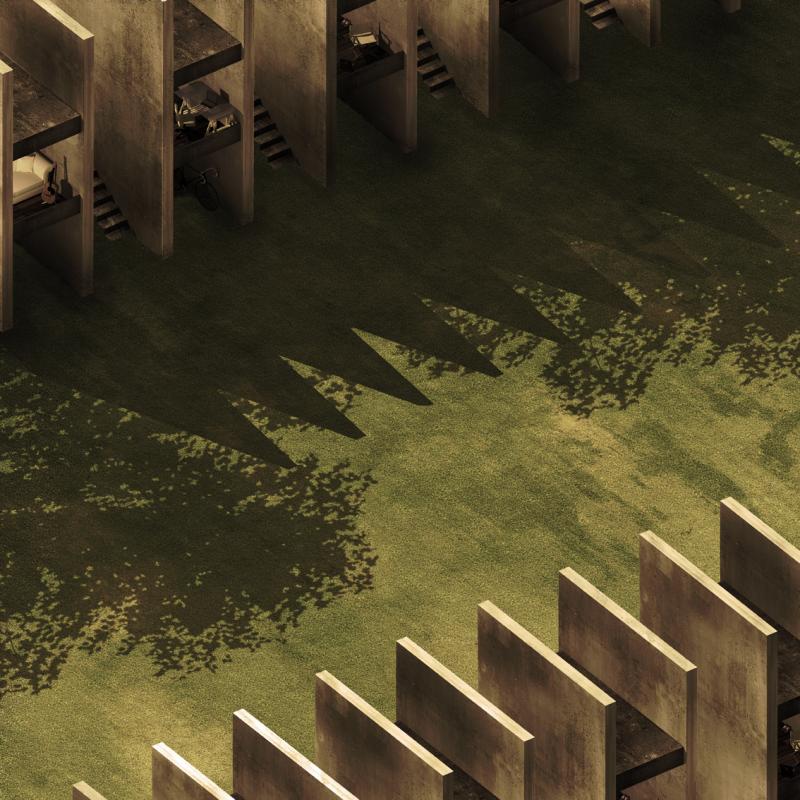
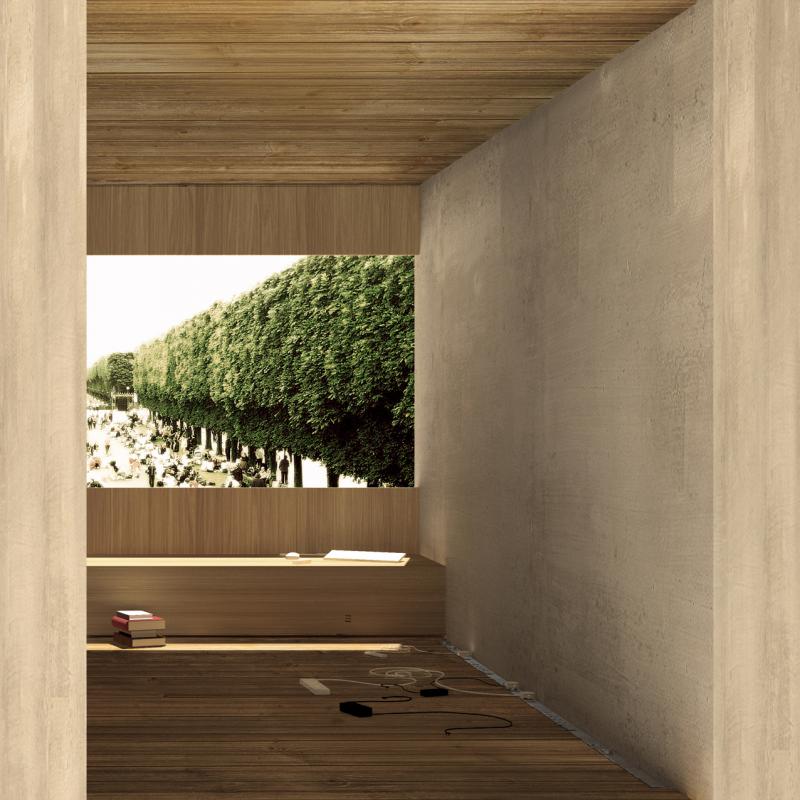
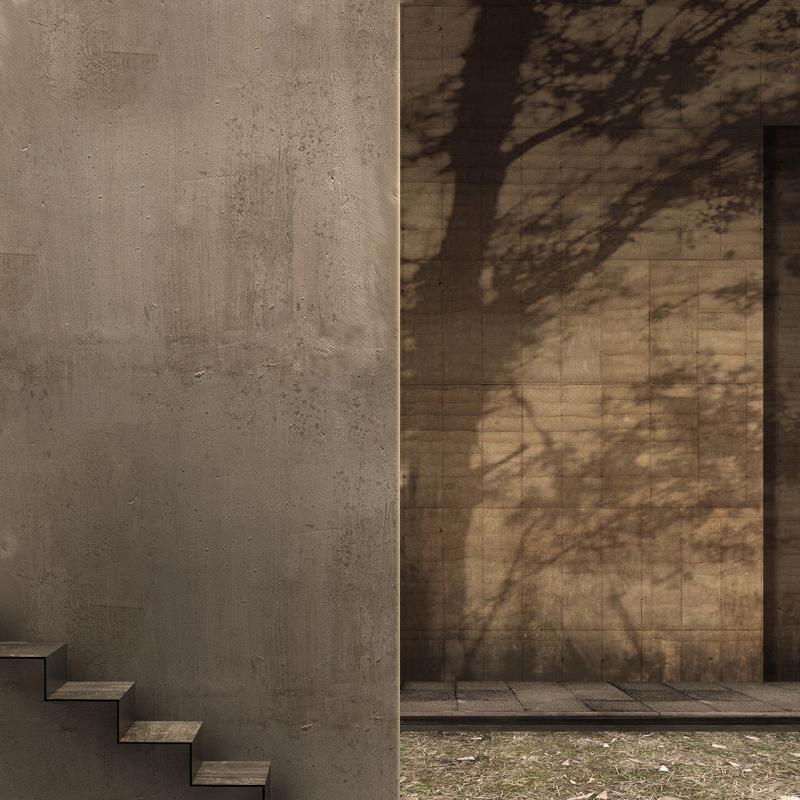
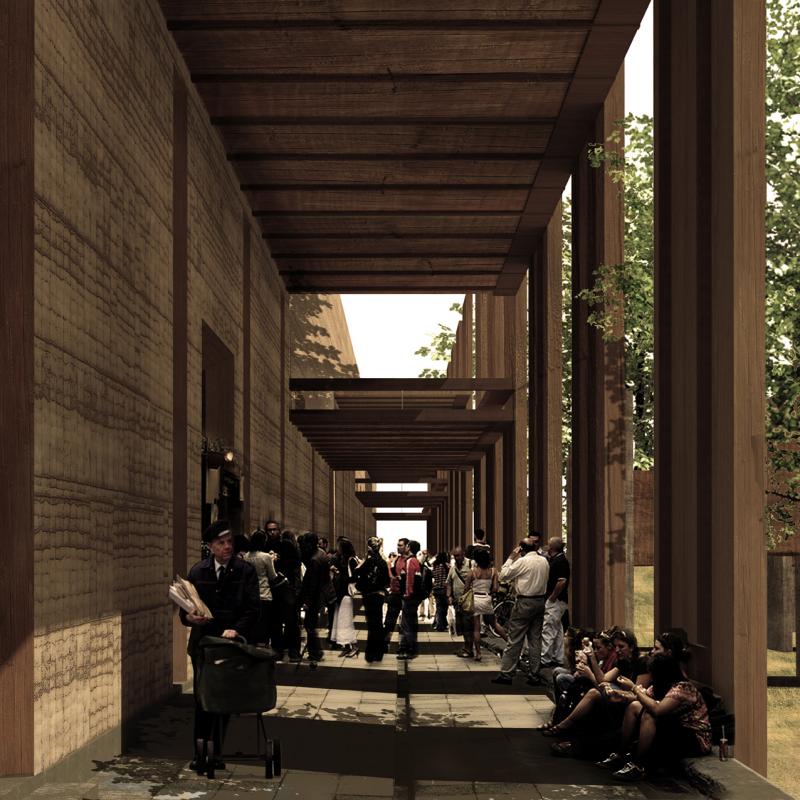
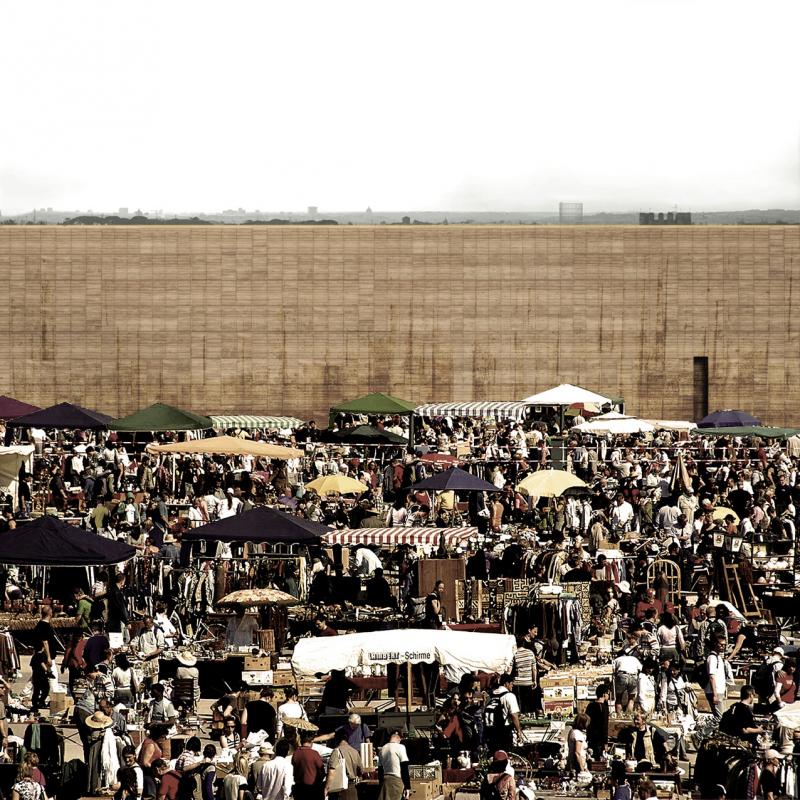
OPEN CITY, CITY OF EDGES
A city can be read as an accumulation of spaces of private interests that have always been expressed in their edges, their boundary line. But how appropriate are these cities for their inhabitants in the age of flexibility? What needs to be introduced in our urban environments is flexibility in the sense of time and process.
Flexibility relies upon a basic level of reference, provision of a fixed generic structure that can then accommodate change and subjectivity. In the project that generic regulatory devise is introduced as an idea: ownership.
Tested through an inhabitation system where the single unit is defined by its edges and reduced to a minimum. The reduced single units are counterbalanced by the open gardens in between, as spaces of potential expansion that justify the minimum private.
The common is expressed in the enclosing urban wall that is the confining boundary but at the same time the open social interface with the surrounding city. This inhabitable earth wall is the regulating line between the city and the complex.
This urban system of inhabitation is replicated to a fabrication system where construction is ultimately orchestrated as part of the city’s performance.
The project formalises boundaries as a generic rigid structure that can accommodate growth and transformation, enclosed by a more temporary urban boundary that will progressively be consumed by the city. It anticipates change, growth, expansion but does not enforce it. It offers a generic structure that can allow flexibility and accommodate change, but cannot control it.
The city is full of boundaries, edge conditions between different territories. So can these edges rather than be barriers, act as seams? Can edges, create a line of exchange for an open city?